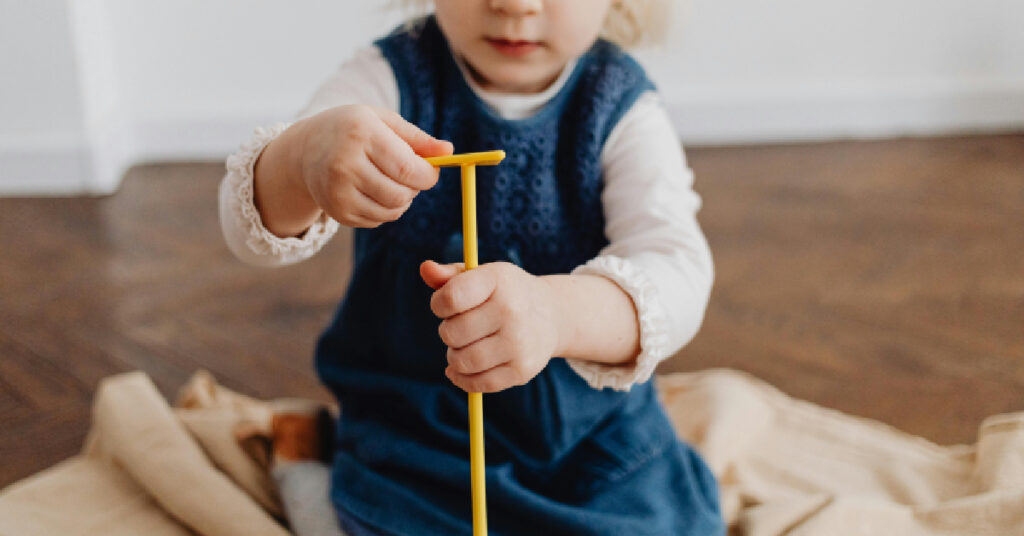
15 Best Toys for Building Independence — That Aren’t Boring or Overhyped
From magnetic tiles to dolls and pretend kitchens, these 15 toddler toys are actually worth the shelf space — and designed to encourage solo play and confidence.
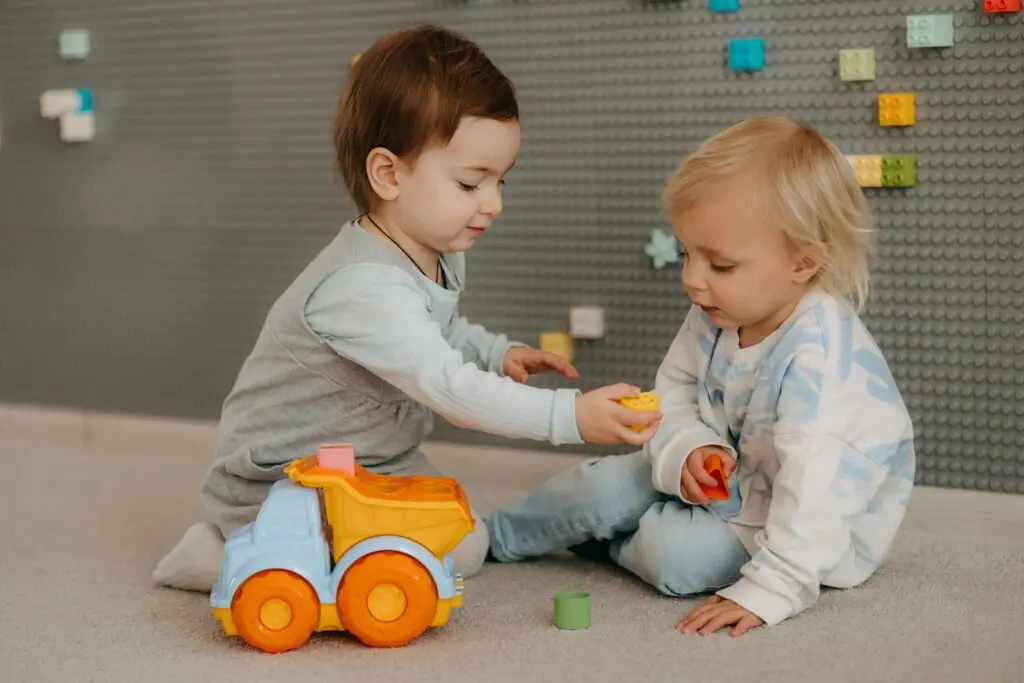
Let’s be real. If your toddler follows you around like a baby koala and loses their mind every time you try to pee alone, you are in the thick of it. But here’s the thing. Toddler independent play is possible. And yes, even your toddler can do it.
This is your no-fluff guide to encouraging toddler independent play, with help from something called open-ended play. We’ll break it down in a real-mum kind of way. No perfection, no pressure. Just stuff that actually works, even if your living room currently looks like a toy tornado hit it.
Toddler independent play means your child is playing by themselves, without you needing to direct or participate every second.
This doesn’t mean leaving them alone in a room for an hour. It means helping them feel safe and confident enough to explore and play without your constant input.
For toddlers, independent play builds:
For you, it creates:
Open-ended play is play that doesn’t come with instructions or a specific goal. There’s no right or wrong way to do it, and the possibilities are endless.
This type of play is the opposite of those battery-operated toys that light up, talk, and do all the thinking for your child. Instead, open-ended play invites them to take control and use their creativity.
Think blocks, dolls, play kitchens, animal figures, vehicles, or pretend food. These are toys your child can use differently every time.
Check out: Open Ended Play Made Easy: How to Raise Creative, Confident Kids
When you bring open-ended play into the mix, you make toddler independent play more accessible, fun, and engaging.
Short answer: yes, they can. But it depends on their age and temperament, and it’s all about building the skill gradually.
Here’s a rough guide to what’s realistic:
Don’t expect your toddler to sit down and quietly play while you write a novel. It’s more like bursts of solo engagement that grow over time.
Check out: Independent Play by Age: What’s Realistic at 1, 2, 3, 4, and 5?
Let’s be honest. It’s not always easy to achieve toddler independent play. And most of the time, it’s not their fault. There are a few common things that can get in the way:
Coming soon: 5 Common Mistakes Parents Make When Trying to Foster Independent Play
Sometimes, the best thing you can do is get out of their way.
These aren’t theories. These are things that worked in our very normal, often chaotic home. Try one, or try them all.
Lower the bar. Set a timer for five minutes and let your toddler independent play without interruption. Then celebrate it. Next time, try for six.
You’re their comfort zone. Sit in the room with them, but resist the urge to direct or comment. Read. Scroll. Sip your coffee. Let them take the lead.
Less is more. Offering three or four toys at a time helps reduce overwhelm. Rotate weekly for a fresh feel without buying anything new.
Coming soon: Daily Independent Play Routine That Builds Focus and Confidence
Coming soon: How to Set Up an Independent Play Corner (Even in Small Spaces)
Look for toys that spark creativity instead of performing for your child. A basic truck is better than one with 12 buttons and a disco mode.
Read More: Best Open-Ended Toys for Independent Play (1-5Years)
Read More: Coming soon- Minimalist Toy Guide: Essentials for Open-Ended Play
Instead of saying “Great tower!” try “You really focused hard while building that.” It shows them that effort is what matters.
Boredom is not the enemy. It’s the starting point of creativity. Give it a minute. Toddlers often surprise you with what they come up with.
Coming soon: [Why Boredom Is Good: Letting Toddlers Lead Their Own Play]
Independent play becomes easier when it’s part of the routine. Pick a time after snack or before nap and call it “play time” every day.
Coming soon: [Toddler Independent Play Schedule That Builds Focus]
Some days, they won’t play alone at all. That doesn’t mean something is wrong. It just means they need more support that day. It’s normal. It doesn’t mean you’ve failed.
Coming soon: [What to Do When Your Toddler Won’t Play Alone]
You’re still building the skill. Keep going.
Encouraging independent play in toddlers isn’t about forcing separation. It’s about giving them confidence, space, and the right tools to lead their own play.
Combine it with open-ended play and you’re setting them up for creative, focused, and meaningful learning. And you might even get that hot coffee moment.
You’ve got this. And I’ll be here with more real-life, real-mum strategies to help you make it happen.

From magnetic tiles to dolls and pretend kitchens, these 15 toddler toys are actually worth the shelf space — and designed to encourage solo play and confidence.
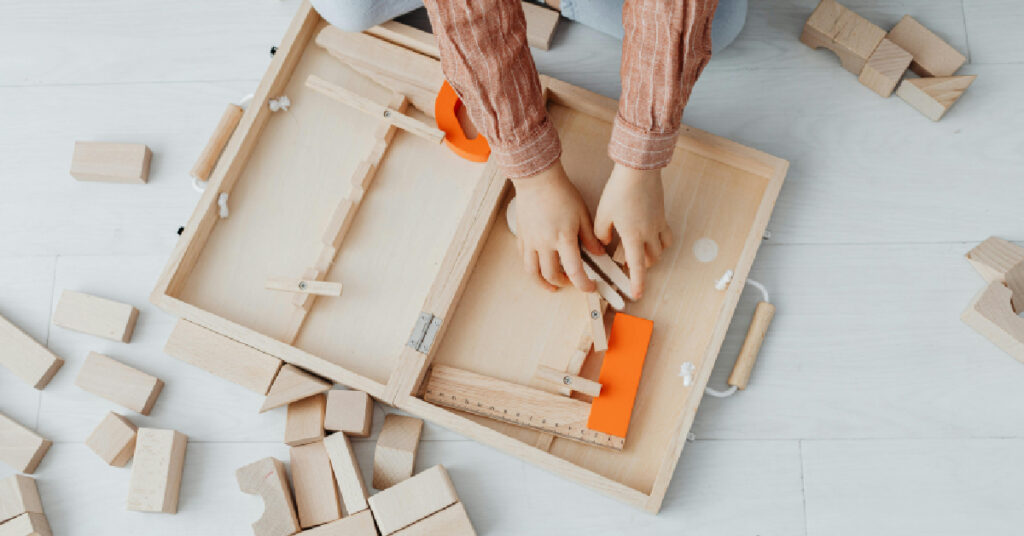
Delve into the world of loose parts play with our selection of toys that inspire exploration and innovation. Perfect for enhancing your toddler’s sensory and cognitive skills.
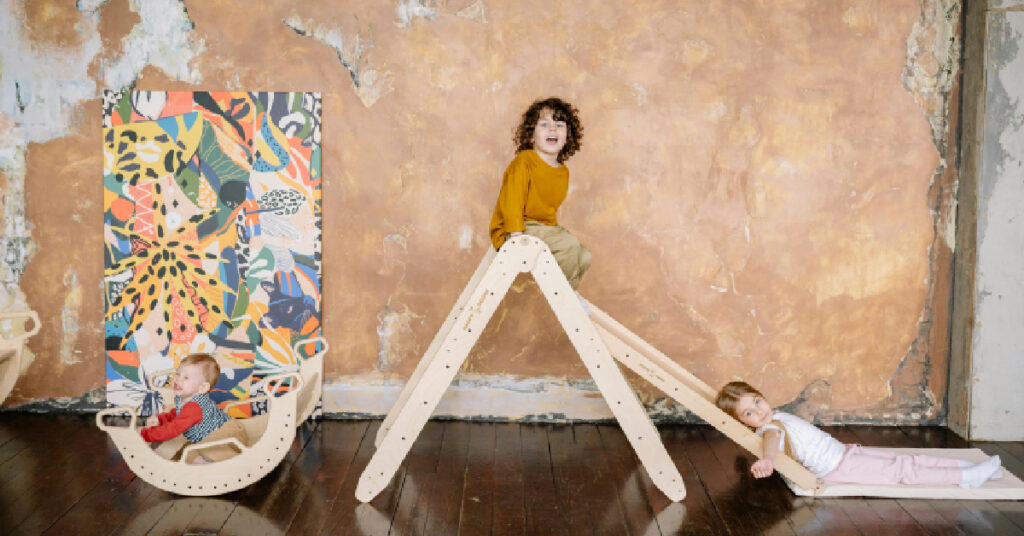
Simple, real-life play space ideas for toddlers that spark imagination, support independence, and give you a moment to breathe — no Pinterest-perfect setup required.

When the milk spills, the toddler tantrums, and your patience snaps before 9AM — you’re not failing. This is one mum’s story of surviving the messy mornings and finding connection in the chaos.
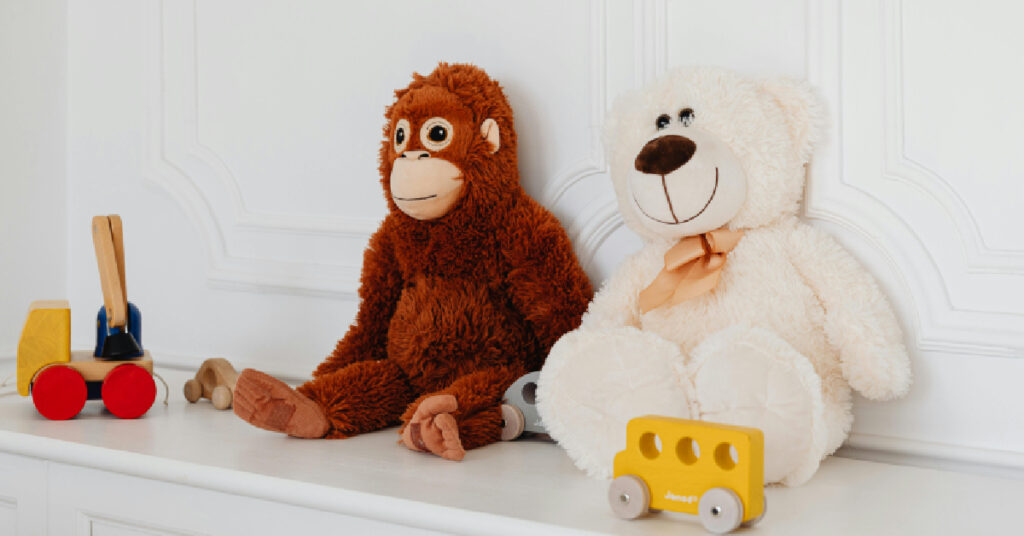
Discover how a simple toddler play schedule can create calmer days, boost independent play, and give you back precious breathing space — no strict routines required.

One chaotic morning, I realised the tension in the house wasn’t just coming from my toddler — it was coming from me. This is the story of how I stopped fuelling the chaos and started checking my own emotional thermostat first.